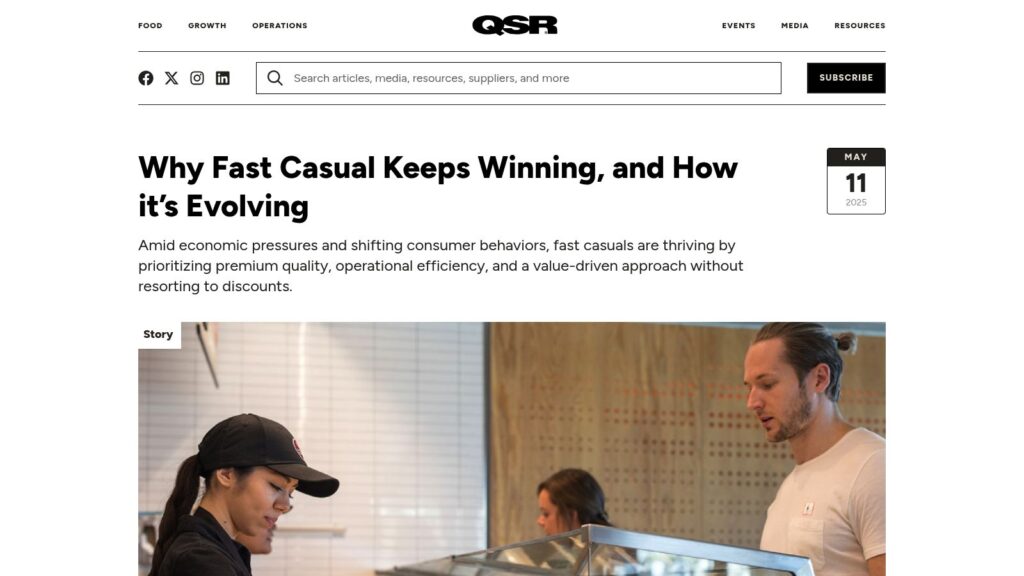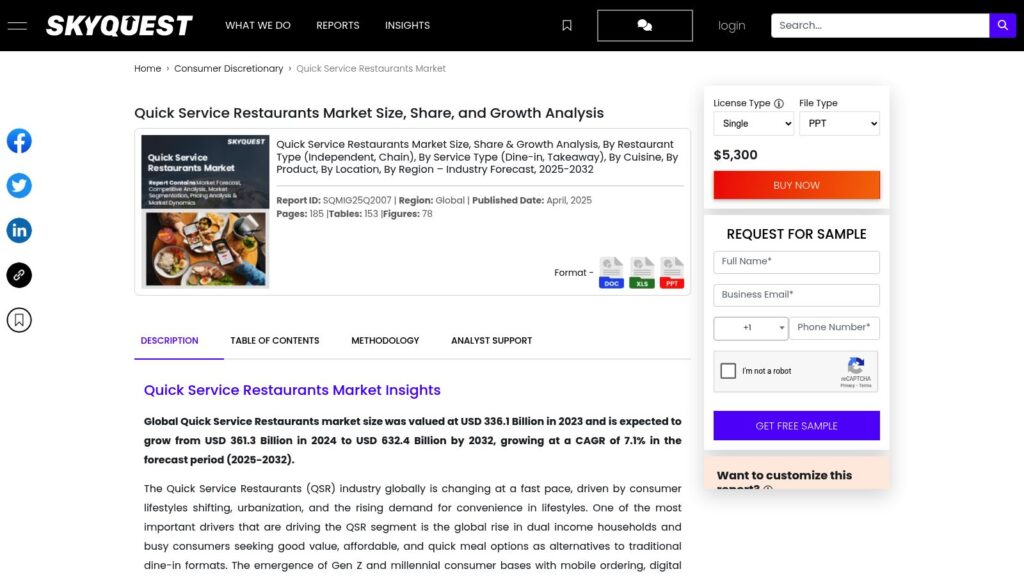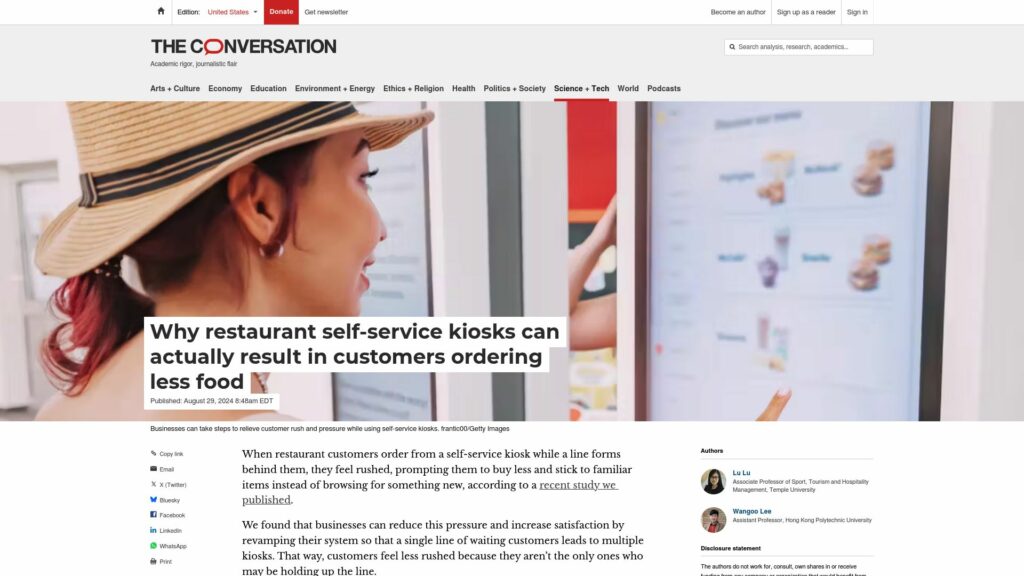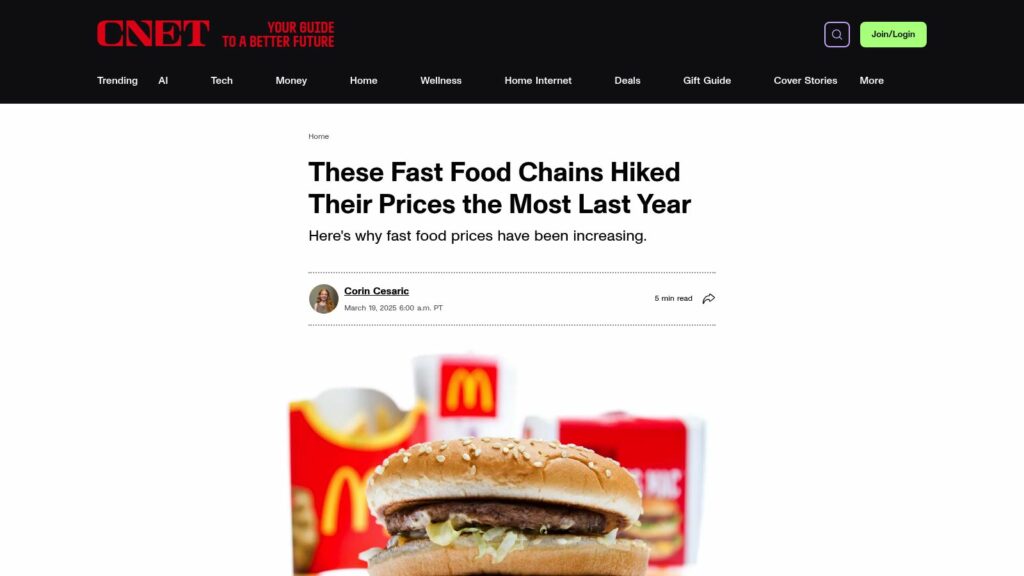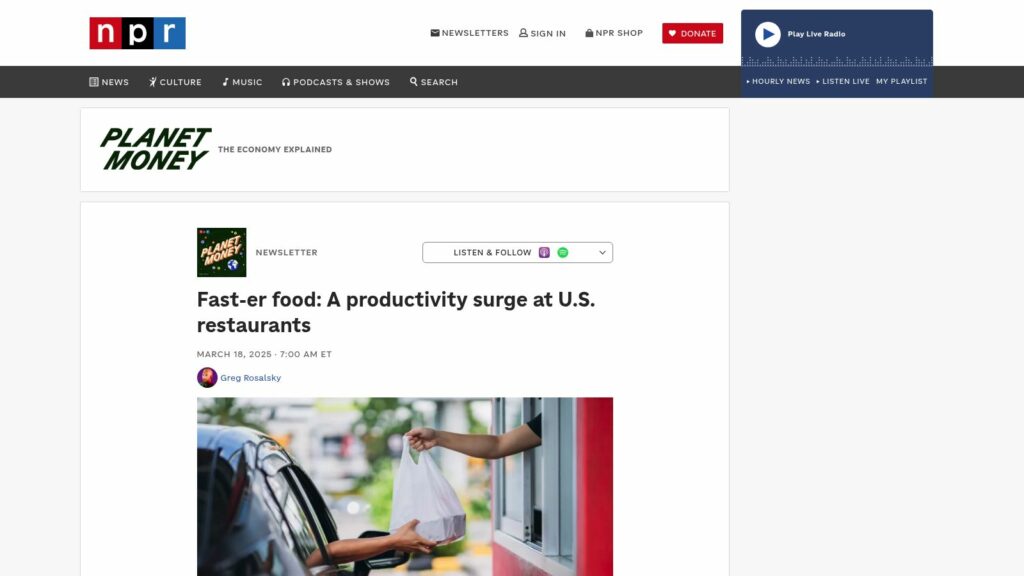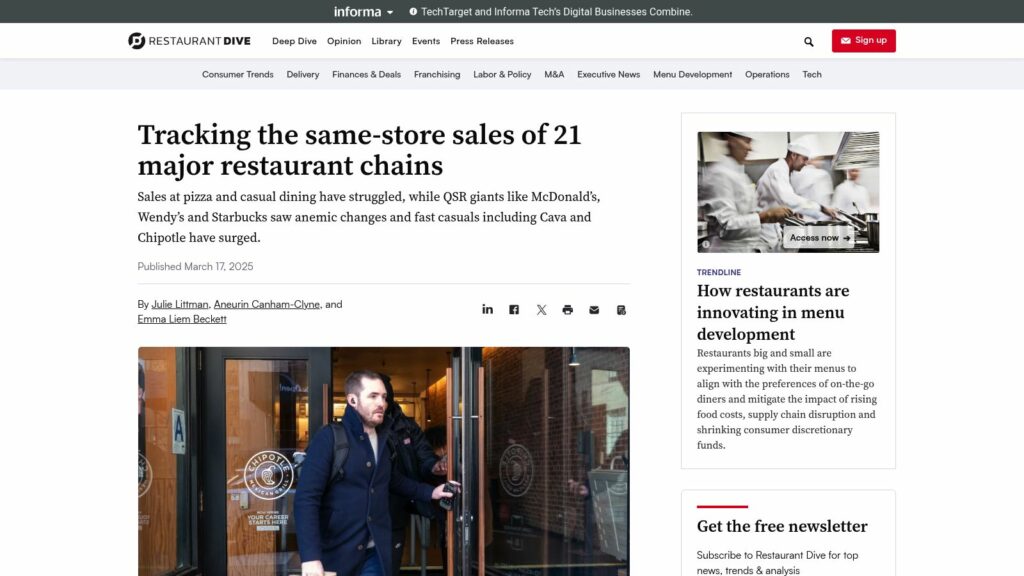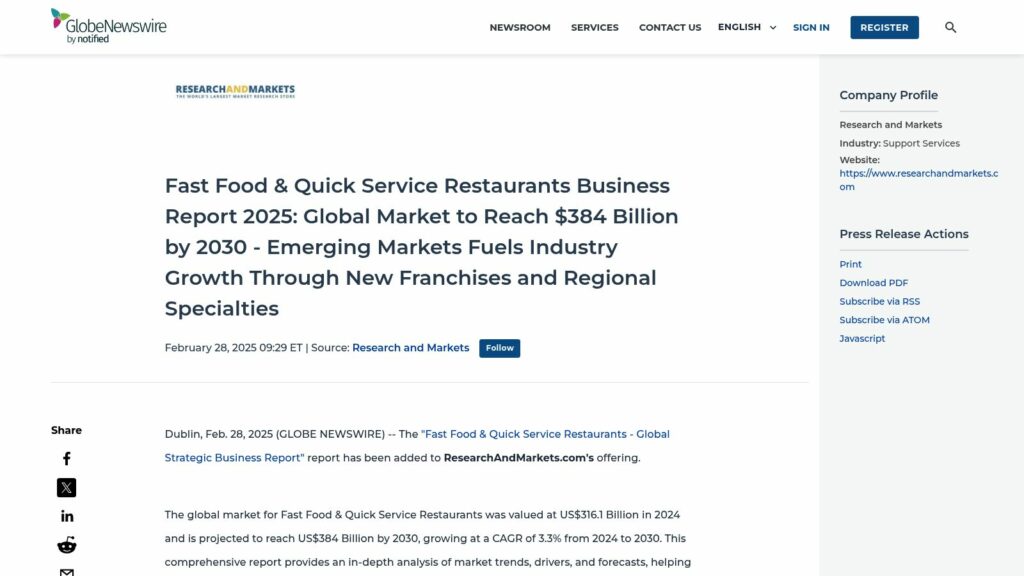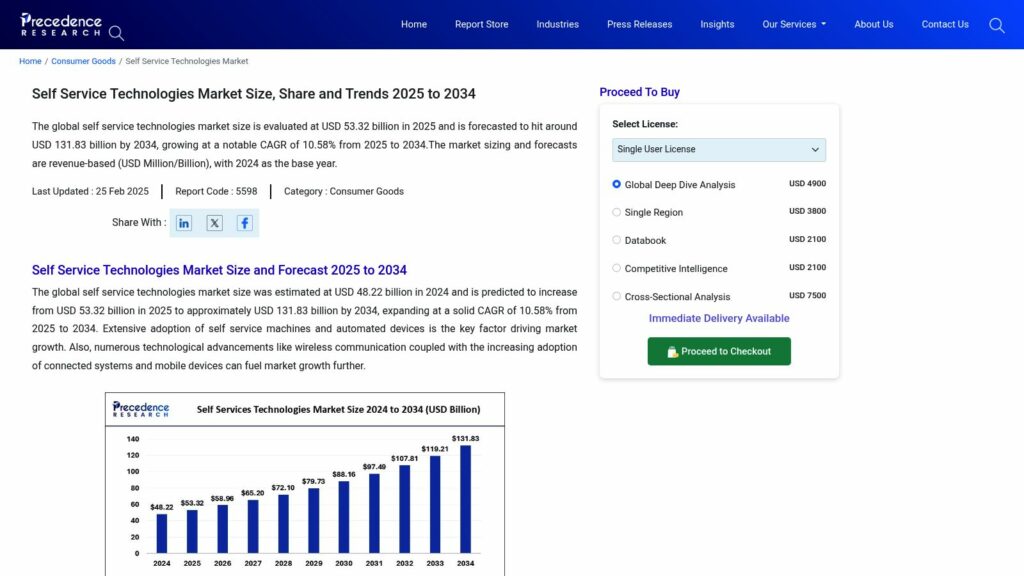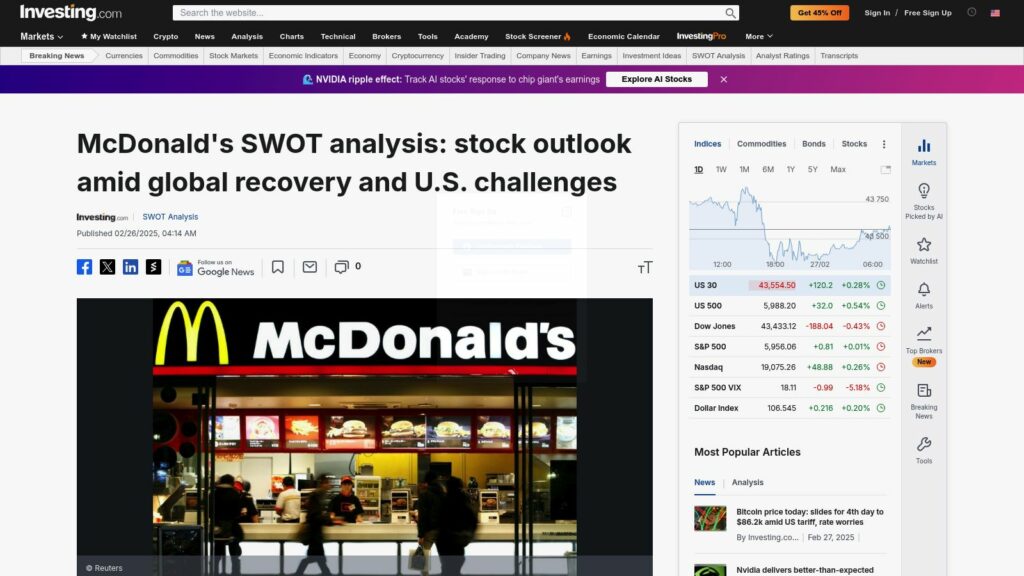Why Fast Casual Keeps Winning, and How It’s Evolving
Fast casual restaurants thrive amid economic pressures by emphasizing premium quality, operational efficiency, and value without resorting to discounts. Analysts note a shift where consumers prefer paying slightly more for customized, higher-quality meals, benefiting chains like Chipotle and Shake Shack that focus on innovation and service. The segment's success is attributed to avoiding aggressive price wars while enhancing offerings and customer experiences. Fast casual brands are urged to continue innovating and engaging consumers to retain loyalty, especially during cost-conscious periods.
https://www.qsrmagazine.com/story/why-fast-casual-keeps-winning/
